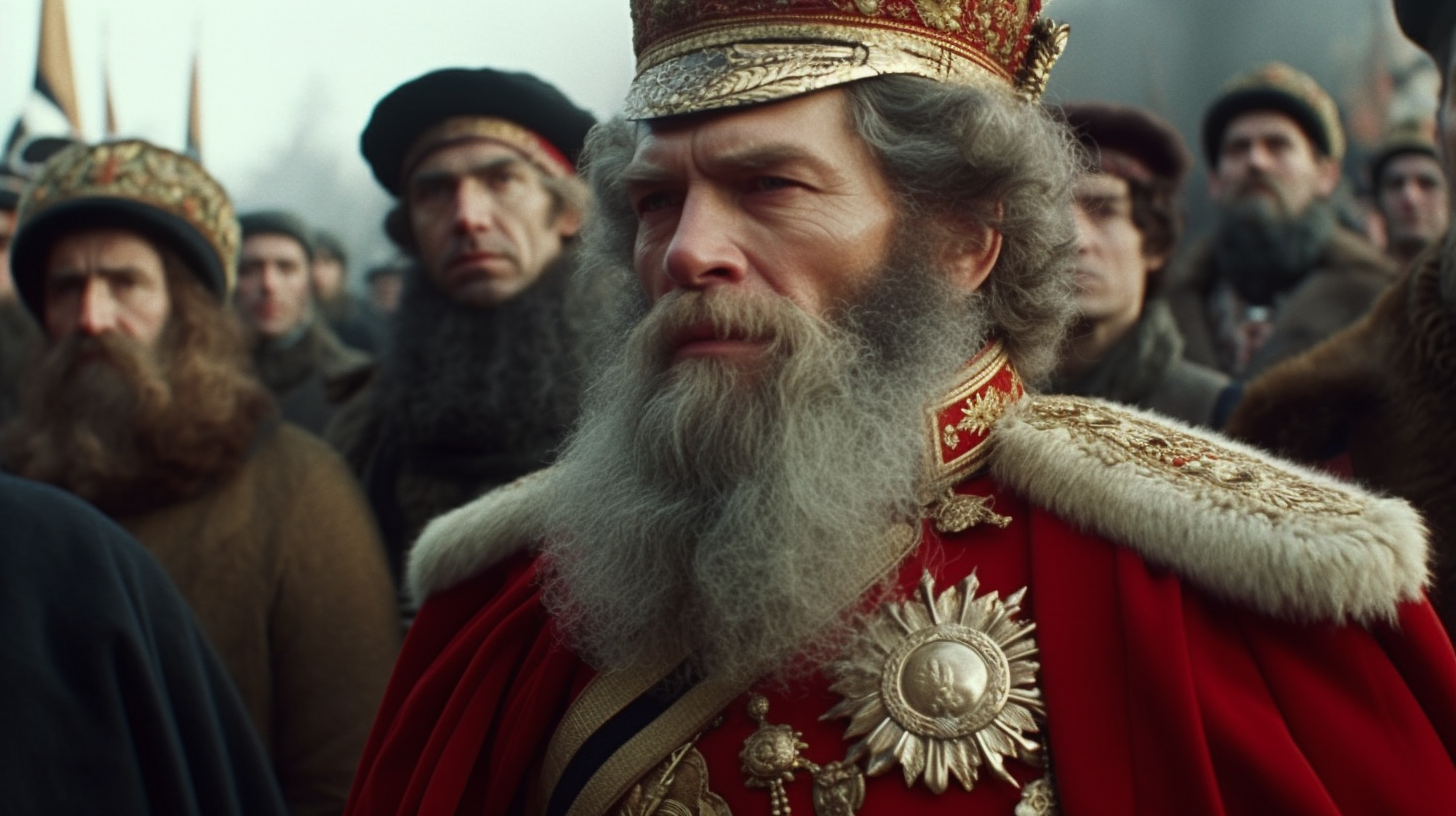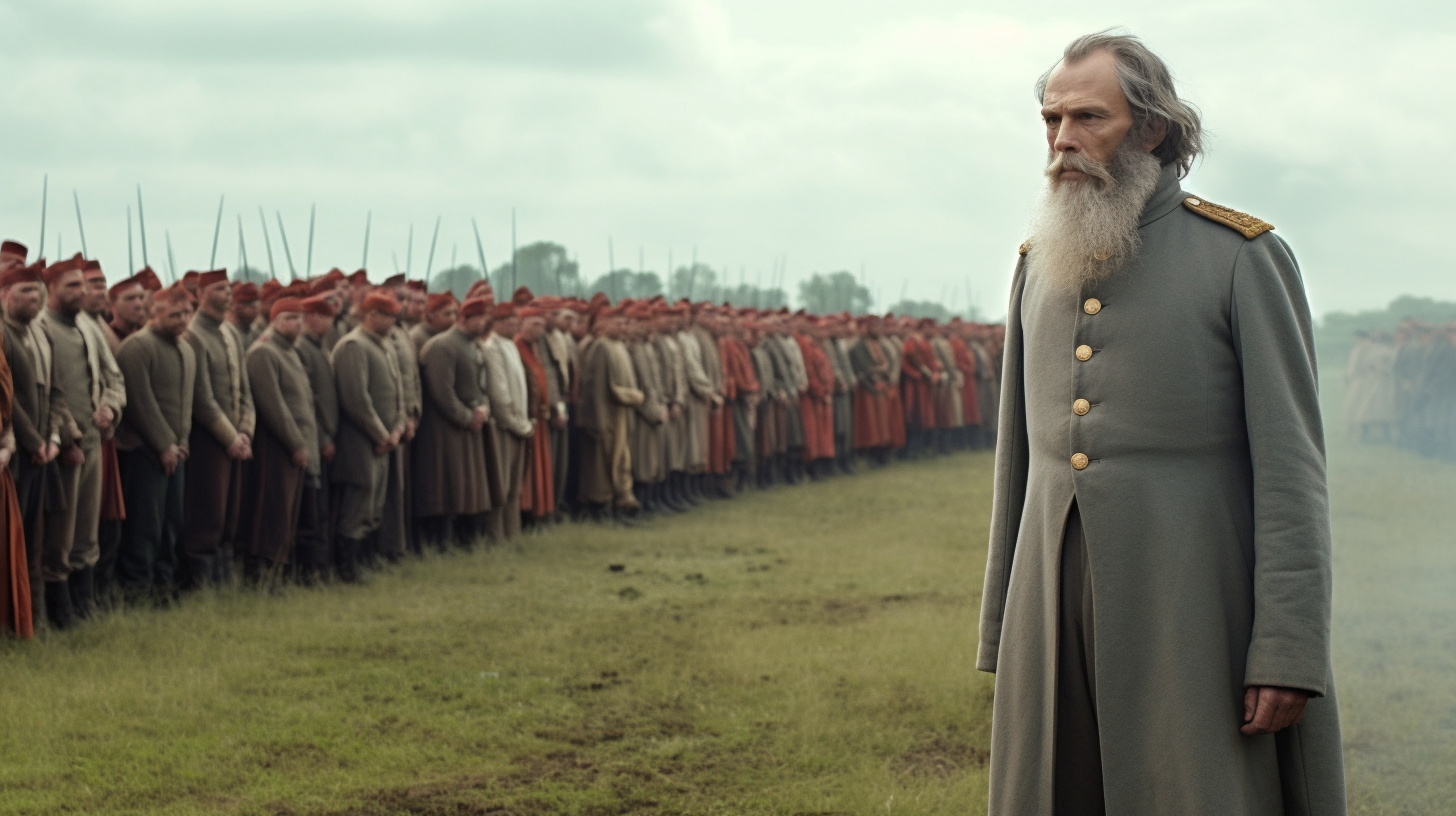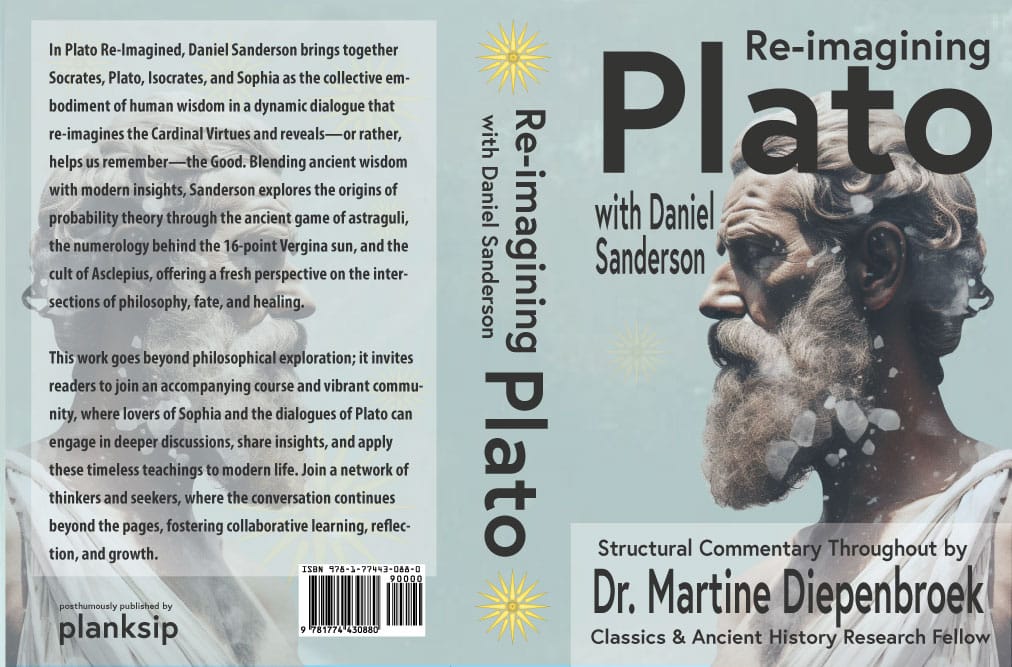The Morality of War in Leo Tolstoy's 'War and Peace'
Introduction:
Leo Tolstoy's monumental masterpiece, 'War and Peace,' explores the complexities of human nature, the forces that shape societies, and the eternal struggle between love and war. At the heart of this epic novel lies a profound examination of the morality of war. Tolstoy delves deep into the ethical dilemmas faced by individuals caught in the tumultuous torrents of conflict, presenting a thought-provoking narrative that challenges conventional notions of honour, duty, and the righteousness of war. By exploring the moral dimensions of warfare, Tolstoy compels readers to confront their beliefs and reflect upon the true costs and consequences of human conflict.
Moral Ambiguity and Individual Responsibility:
In 'War and Peace,' Tolstoy portrays war as a morally ambiguous enterprise where noble ideals and personal ambitions often collide. Through the experiences of his diverse cast of characters, Tolstoy highlights the tension between the broader social narratives that glorify war and the individual's responsibility to question and evaluate the moral implications of their actions. Pierre Bezukhov, for instance, undergoes a profound transformation as he confronts the futility and brutality of war. His journey emphasizes the need for personal moral agency in the face of collective violence.

The Illusion of Glory and Honor:
Tolstoy dismantles the romanticized notions of glory and honour associated with war, exposing the stark reality of its consequences. He challenges the widely held belief that acts of heroism and bravery justify the bloodshed and suffering inflicted upon humanity. Through the character of Prince Andrei Bolkonsky, Tolstoy portrays the disillusionment that war brings as Andrei grapples with the emptiness of his previous ambitions and seeks meaning in the simplicity of life's pleasures. This exploration of the disillusionment of war is a powerful critique of the glorification of conflict.
The Dehumanizing Nature of War:
Tolstoy vividly illustrates the dehumanizing effects of war on both soldiers and civilians. Through his meticulous depiction of battle scenes and the psychological trauma experienced by his characters, he exposes the profound toll war takes on the human spirit. Whether it is the suffering of wounded soldiers on the battlefield or the plight of innocent civilians caught in the crossfire, Tolstoy compels readers to confront the stark reality of war's destructive power. By humanizing the victims of war, he forces us to question the morality of perpetuating such violence.
The Pursuit of Inner Peace amidst Chaos:
In 'War and Peace,' Tolstoy presents an alternative vision of morality—one centred around the pursuit of inner peace amidst the chaos of war. He emphasizes the importance of individual introspection and self-awareness to navigate life's moral complexities. Characters like Natasha Rostova embody this quest for inner harmony, seeking solace in love, music, and simple pleasures amidst the chaos of war. Tolstoy suggests true morality cultivates empathy, compassion, and love, even in the darkest times.

Conclusion:
Leo Tolstoy's 'War and Peace' is a timeless exploration of the morality of war. Through his vivid characters and rich narrative, Tolstoy challenges the conventional narratives surrounding conflict and invites readers to examine their own beliefs critically. By exposing the moral ambiguities, the illusory nature of glory, and the dehumanizing effects of war, Tolstoy offers a powerful critique of violence and the prevailing justifications for warfare. Ultimately, he calls for a deeper understanding of our shared humanity and the pursuit of inner peace to confront the moral challenges of war.

Plato Re-Imagined
This course offers 32 comprehensive lectures exploring most of Plato's dialogues. These lectures guide students toward a consilient understanding of the divine—a concept that harmonizes knowledge across disciplines and resonates with secular and religious leaders. As a bonus, Lecture #33 focuses on consilience, demonstrating how different fields of knowledge can converge to form a unified understanding.






